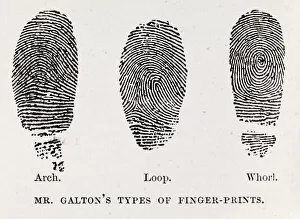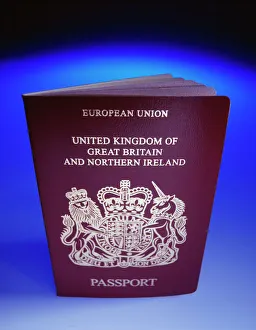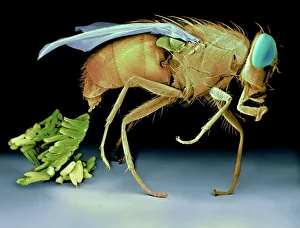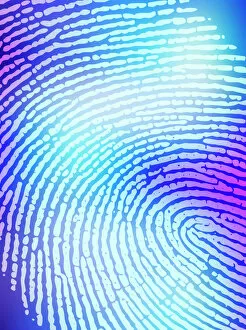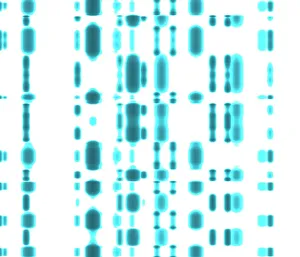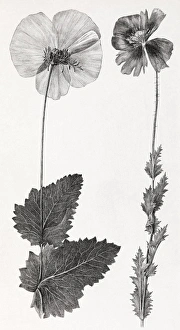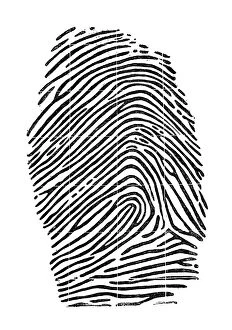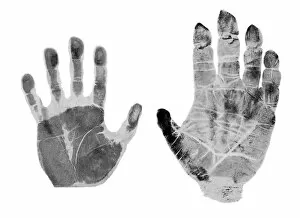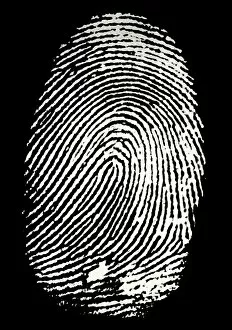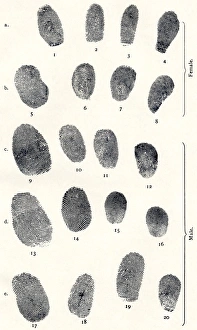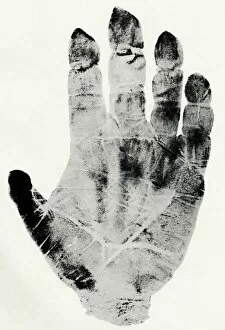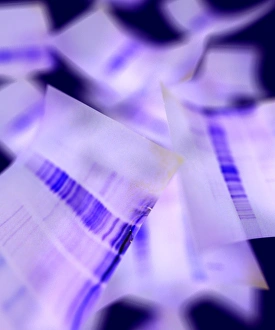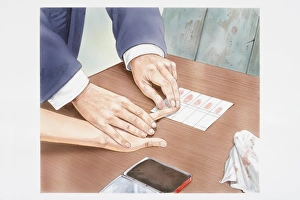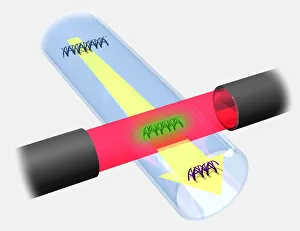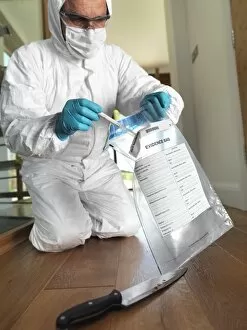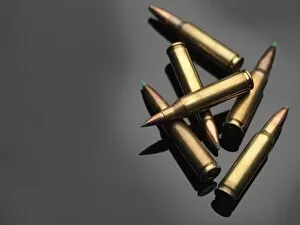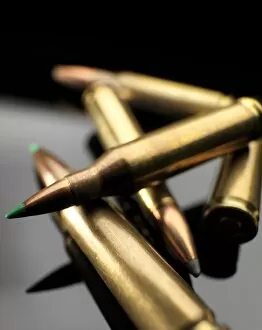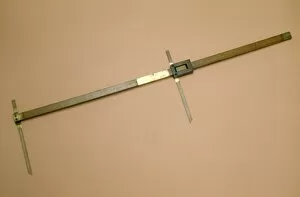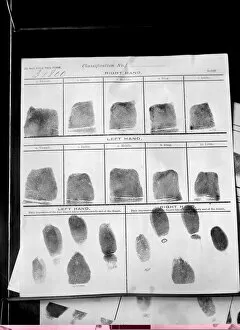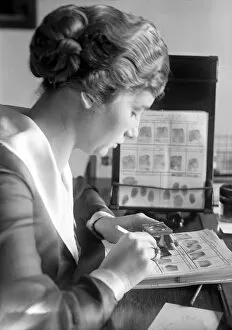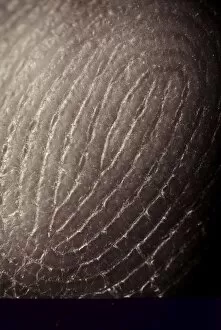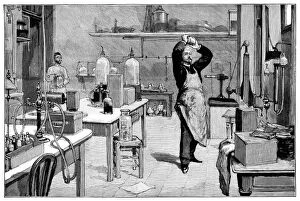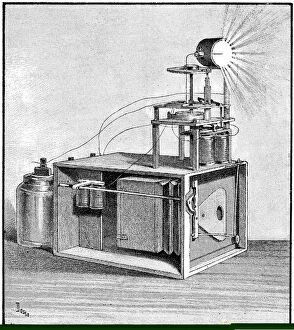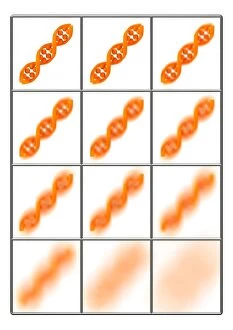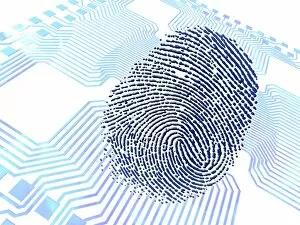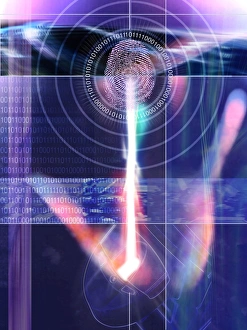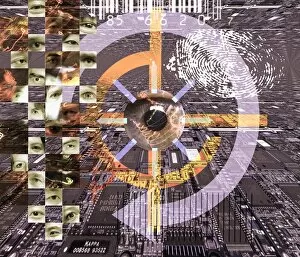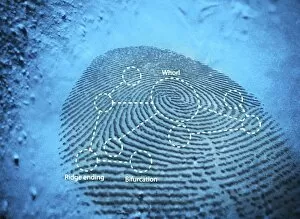Forensics Collection
Forensics, the fascinating field that unravels mysteries through scientific investigation, has a rich history dating back centuries
All Professionally Made to Order for Quick Shipping
Forensics, the fascinating field that unravels mysteries through scientific investigation, has a rich history dating back centuries. In the 17th century, pioneers began studying fingerprint types, recognizing their uniqueness and potential as evidence in criminal investigations. Fast forward to modern times, where even British passports utilize fingerprint scanners for enhanced security. The fusion of art and forensics is evident when examining artwork depicting fingerprint scanners. These captivating pieces capture the intersection between technology and human identity. Similarly, a 19th-century masterpiece showcases a delicate poppy flower alongside an intricate thumbprint - symbolizing nature's beauty intertwined with individuality. Forensic entomology takes us into the microscopic world as we witness blowflies laying eggs under scanning electron microscopes (SEMs). This technique aids investigators in determining time of death by analyzing insect activity on decomposing bodies. Human fingerprints remain one of the most reliable forms of biometric scans utilized in forensic investigations today. Each ridge and whorl tells a unique story about an individual's identity or involvement in a crime scene. DNA autoradiograms provide another artistic perspective on forensics; these visual representations showcase DNA patterns like abstract masterpieces. They serve as crucial evidence linking suspects to crimes or exonerating innocent individuals from wrongful accusations. In exploring historical cases, we encounter Edward Pritchard, a notorious Scottish murderer whose conviction was largely based on fingerprint evidence - marking a significant milestone in forensic history. Thumbprint forensics emerged during the 19th century when experts recognized that each person possesses distinct patterns on their thumbs alone. This breakthrough paved the way for identifying criminals solely through thumbprints before expanding to include all fingers' prints later on. From ancient techniques like studying fingerprints to cutting-edge technologies such as DNA analysis and biometric scans, forensics continues to evolve rapidly. As it progresses hand-in-hand with science and artistry alike, this captivating discipline remains at the forefront of solving mysteries and bringing justice to the world.

